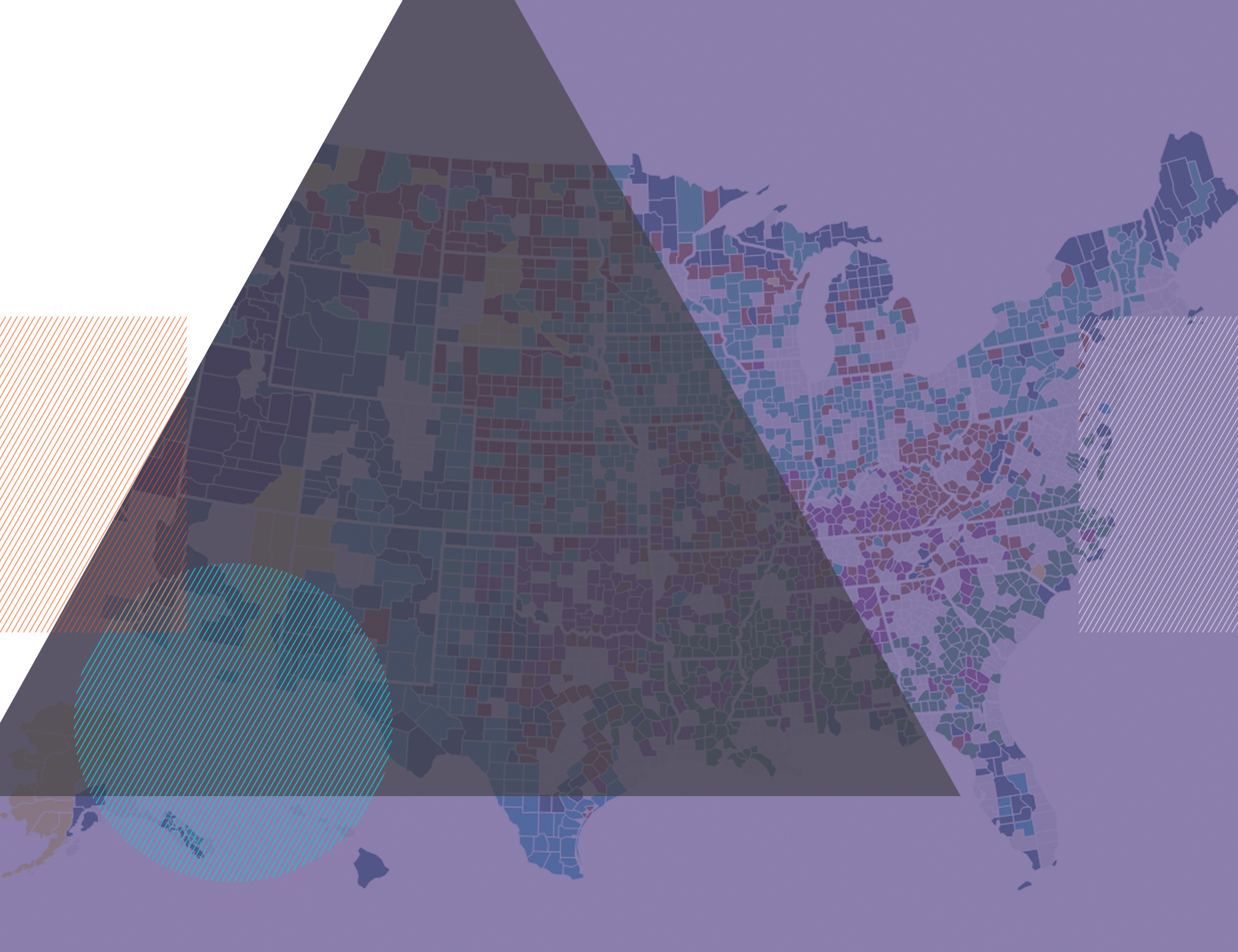In the Field: Rural Regions and Points of Progress
The American Communities Project traveled to six counties in four states — Arkansas, Kansas, North Dakota, and South Dakota — to understand the complexity and diversity of rural America in 2019. The goal was to explore how different rural America can look even in communities that are not far apart from one another. Below find details of the three regions we visited and some high points of our visits.
The Rural South Along Racial Cleavages
An African American South community in the Mississippi Delta, St. Francis County, Arkansas, is 52% black. Part of Working Class Country in the foothills of the Ozarks, Fulton County, Arkansas, is 95% white. Both counties highlight the challenges of the rural South — low incomes and population loss — as well as the racial differences that are a legacy of the region’s history.
St. Francis County’s points of progress:
- Forrest City’s new mayor is making strides to gather together whites and blacks.
- Residents are bringing economic development to the town of Palestine.
- Forrest City School District is receiving academic recognition.
Fulton County’s points of progress:
- North Arkansas Electric Cooperative is bringing broadband Internet access to the county and larger Ozark region in the next five years.
- The Spring River Innovation Hub is a space for small business incubation.
- A tri-county economic development pilot program is providing training in the retail, hospitality, and recreation fields.
The Rural Midwest Along Agricultural Gulfs
Finney County, a Hispanic Center in southwest Kansas where the population is 50% Hispanic, has held steady since the 2010 Census. Gove County, an Aging Farmland in northwest Kansas with a mostly white population, has shrunk 3.3% since 2010. Finney, a local economic hub, shares the traits of an urban area, particularly its diversification of industry and population. In Gove, a truly small farming community, agricultural industrialization has led to population decline even as production has grown. The counties’ population changes show the fissures of the modern agricultural economy.
Finney County’s points of progress:
- Finney County Economic Development Corporation is building an Early Learning and Childcare Network to meet a burgeoning child care demand.
- The community health coalition, LiveWell Finney County, holds health screenings and outreach events, often with translators.
- Community leaders and organizations, like Sister Janice Thome with the Dominican Sisters Ministry of Presence, help connect new residents to local services.
Gove County’s points of progress:
- High-end agricultural manufacturing equipment lessens manual labor for farmers.
- Gove County Medical Center, home to the Bluestem Medical practice, has seven providers: three MDs, two nurse practitioners, and two more MDs who started in September 2019.
- The website lovesmalltownamerica.com, started by a graphic designer in the county, promotes small towns across the country.
The Rural West Along Resource Disparities
From gold to oil, the boom-bust cycle has been a part of life in America’s rural communities throughout their collective history. Near the state capital of Bismarck, Morton County, North Dakota, in Rural Middle America, has seen 12% growth since the 2010 Census, partly driven by the oil boom. In south-central South Dakota where resources seem scarcer, Todd County, within the Native American Lands, has long struggled with poor health factors and outcomes. Both counties are searching for a new equilibrium.
Morton County’s points of progress:
- There are robust incentives for startup and expanding businesses in Mandan, the county seat.
- Custer Health has a syringe exchange program, the first in North Dakota.
- The old Mandan Junior High has been turned into affordable housing units.
Todd County’s points of progress:
- Rosebud Economic Development Cooperation’s data collection efforts are progressing, aimed toward building models for a new economy that helps residents thrive.
- Residents are reasserting the traditions, norms, art, and language of the Lakota people.
- Sinte Gleska University is an anchor for education and community development.
